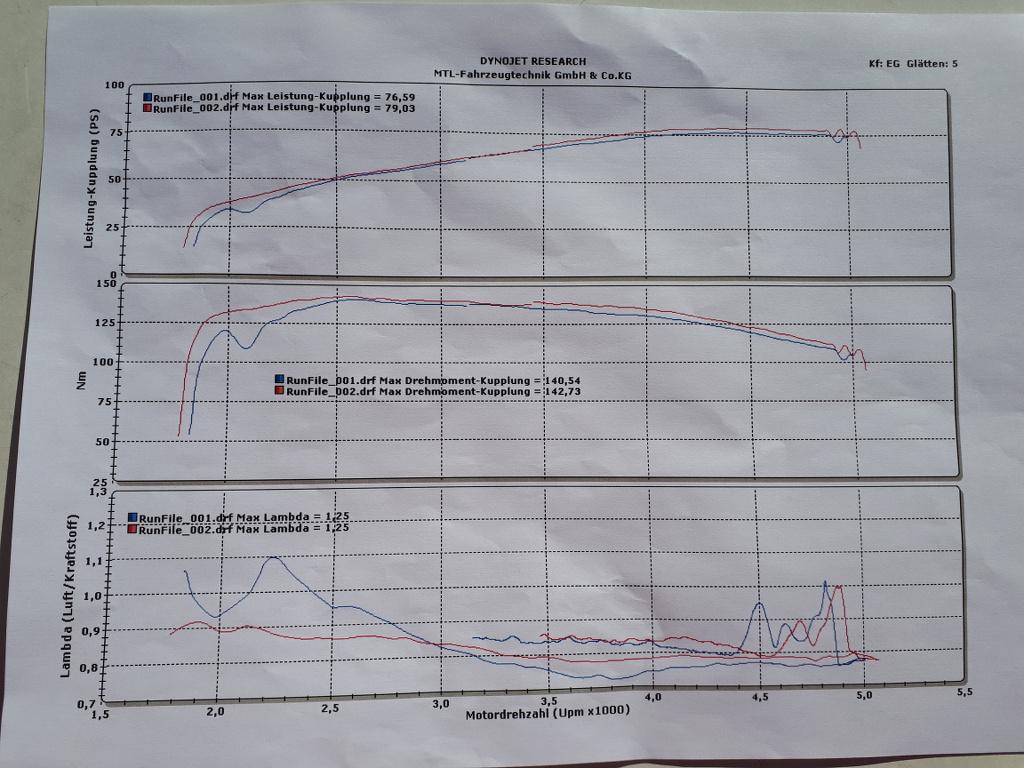StefansBus
Well-known member
- Joined
- Nov 20, 2015
- Messages
- 84
- Reaction score
- 0
Hi All
Anyone here who has had success with a 1776 single port single Solex carb setup? I want to mildy upgrade my stock 1600SP to 1776 primarily for more torque. I want to go from the current 30 PICT 2 carb to either a rejetted 34 PICT 3 or an enlarged 34 (37 or 39). I'm planning to use this Ahnendorp equal lengths stock style exhaust. https://www.ahnendorp.com/VW-Kaefer-Typ-1-Motorenteile-und-Bearbeitungen/Auspuffanlagen-51/Ahnendorp-Bus-T2a-a-b-Auspuff-mit-gleichen-Rohrlaengen-ohne-Vorwaermung-1828.html?language=de
Will this work good? Would going dual port be significantly better? I guess dual port would mean slightly higher RPMs and slightly higher peak power. But what about low down and mid range?
I'm planning to keep a stock cam but am open to a mild performance cam. Planning to run stock valve sizes. Either on the SP heads I have or on new DP ones. Flywheel and clutch will be upgraded from 180mm to 200mm and will be dynamically balanced with the stock crank when the case is apart.
Any thoughts on this concept.
I will not consider twin or dual carb on this project. Has to be a single Solex.
Cheers
Stefan
Anyone here who has had success with a 1776 single port single Solex carb setup? I want to mildy upgrade my stock 1600SP to 1776 primarily for more torque. I want to go from the current 30 PICT 2 carb to either a rejetted 34 PICT 3 or an enlarged 34 (37 or 39). I'm planning to use this Ahnendorp equal lengths stock style exhaust. https://www.ahnendorp.com/VW-Kaefer-Typ-1-Motorenteile-und-Bearbeitungen/Auspuffanlagen-51/Ahnendorp-Bus-T2a-a-b-Auspuff-mit-gleichen-Rohrlaengen-ohne-Vorwaermung-1828.html?language=de
Will this work good? Would going dual port be significantly better? I guess dual port would mean slightly higher RPMs and slightly higher peak power. But what about low down and mid range?
I'm planning to keep a stock cam but am open to a mild performance cam. Planning to run stock valve sizes. Either on the SP heads I have or on new DP ones. Flywheel and clutch will be upgraded from 180mm to 200mm and will be dynamically balanced with the stock crank when the case is apart.
Any thoughts on this concept.
I will not consider twin or dual carb on this project. Has to be a single Solex.
Cheers
Stefan



